Fatima is a small town, but it holds great religious and historical significance. It is one of the most important Catholic pilgrimage sites in the world. The city gained fame in 1917 when three young shepherds claimed to have seen apparitions of the Virgin Mary.
A visit to Fatima primarily includes a visit to the Basilica of Our Lady of the Rosary and the Basilica of the Most Holy Trinity, along with the Chapel of the Apparitions. These sites make a lasting impression on tourists!
Visitors can attend mass, light candles, and participate in processions. The surrounding landscape, with its olive groves and oak forests, creates a picturesque backdrop. In the nearby Serra de Aire Natural Park, you’ll discover steep limestone cliffs, hidden caves, and diverse wildlife. For a truly historical experience, visit the Fátima Wax Museum, which displays life-size wax figurines depicting events related to the apparitions.
The nearby medieval city of Tomar boasts the impressive Templar Castle and the Convent of Christ. The capital, Lisbon, is bustling with nightlife, historical attractions, and impressive architecture, offering a wealth of opportunities.

Location
Fatima is a city located in the district of Santarem in the Central Region of Portugal, about 130 kilometers away from Lisbon and less than 200 kilometers away from Porto.
Pilgrimage to Fatima
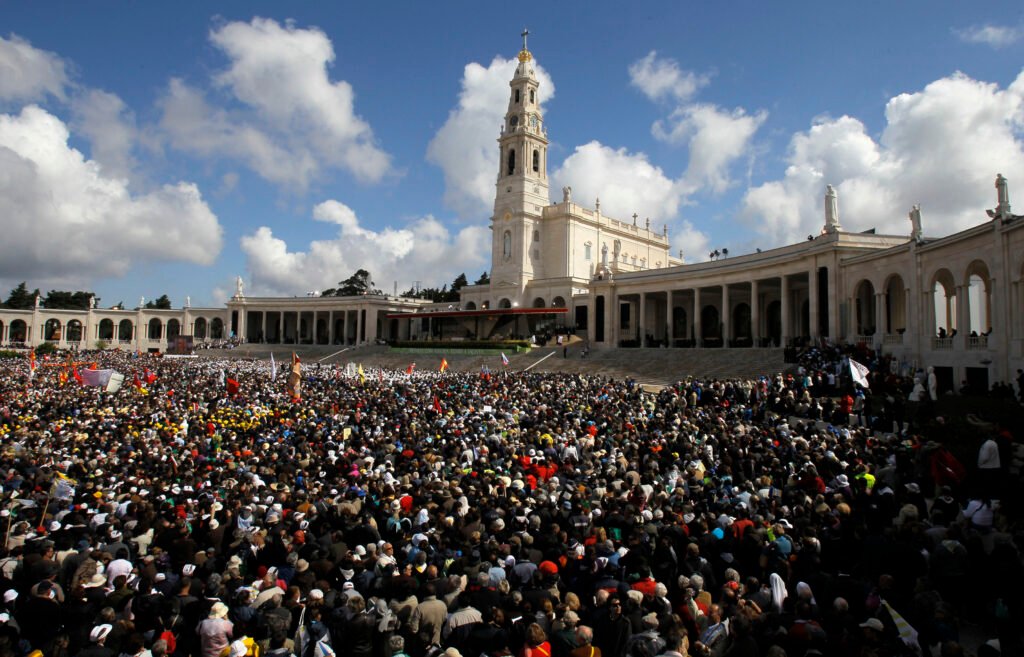

On a pilgrimage to Fatima, pilgrims travel through Lisbon to visit St. Anthony’s Church then to Santarem where the oldest recorded Eucharistic miracle is still held today. From there, Catholic tours to Fatima continue to the village itself where pilgrims stay to rest, reflect and devote themselves to prayer.
Aside from being a site known for miracles and Marian apparitions, the place is held dear as a gathering place for pilgrims the world over. Many popes such as Popes Pius XII, Paul VI, John Paul II and Benedict XVI have acknowledged Our Lady of Fatima and allowed for her veneration. So on a Fatima pilgrimage, pilgrims may hear special Liturgies of the Mass distinct to the faithful town.
Sanctuary of Our Lady of Fatima (Basilica of Our Lady of the Rosary of Fatima)


The Basilica of Our Lady of the Rosary of Fatima, Portugal is a Roman Catholic church and minor basilica in the Sanctuary of Fátima.
Throughout the years, the fourth biggest catholic pilgrimage site in the world, due to the apparitions of Virgin Mary to three little shepherds in 1917. Every year between four and six million pilgrims from all world countries travel to the Shrine of Our Lady of Fatima.
Chapel of the Apparitions


The Chapel of the Apparitions is the focal point of the Sanctuary of Our Lady of Fatima. Erected on the exact location where the Virgin Mary is said to have appeared to the three shepherd children—Lucia, Francisco, and Jacinta—the chapel holds profound religious significance.
Though modest in size and architecture, its simplicity underscores the humility of the apparitions and the powerful message of peace and devotion.
Basilica of the Holy Trinity in Fatima
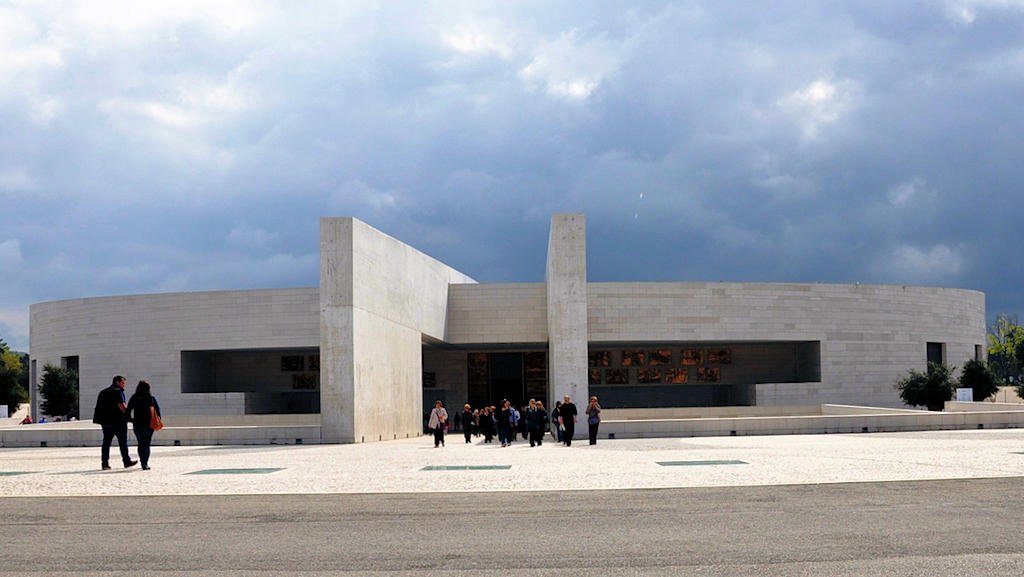

The Basilica of the Most Holy Trinity in Fatima is spacious, bright and provides a soothing atmosphere. The first thing that strikes you about the Church of the Most Holy Trinity is its modern look.
Church has famous works of ceremonial workmanship and furthermore more diminutive supplication rooms in its basement. It has 8,633 seats and an area of 40,000 m². It is 18 meters high, with an external diameter of 125 meters, and the roof is supported by two beams with a clear span of 80 meters.
Museum of the Sanctuary of Fatima
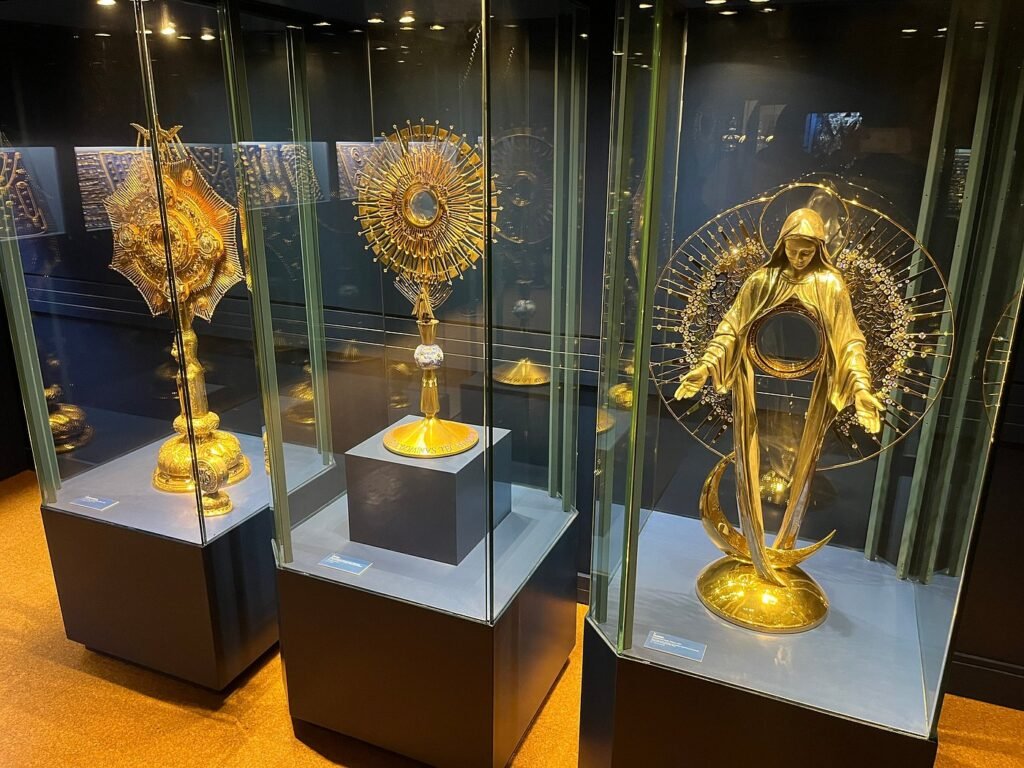

The Sanctuary of Fatima Museum has two permanent exhibitions: the first, titled “Fatima Light and Peace,” is located in the rectory building, and the second, located in the house adjacent to Lucia’s original home, the “House-Museum of Aljustrel.”
It also houses gifts from thousands of anonymous pilgrims and religious and secular authorities, usually in the form of gold and precious stones.
Sanctuary of Our Lady of Nettles in Ortiga


The Shrine of Our Lady of Ortiga is a Marian shrine located in Ortiga. Our Lady appeared here around 1758 to a shepherd girl who was tending her flock.
The offerings and ex-votos demonstrate profound worship of the Saint. The small chapel has a rustic architectural style.
House-Museum in Aljustrel

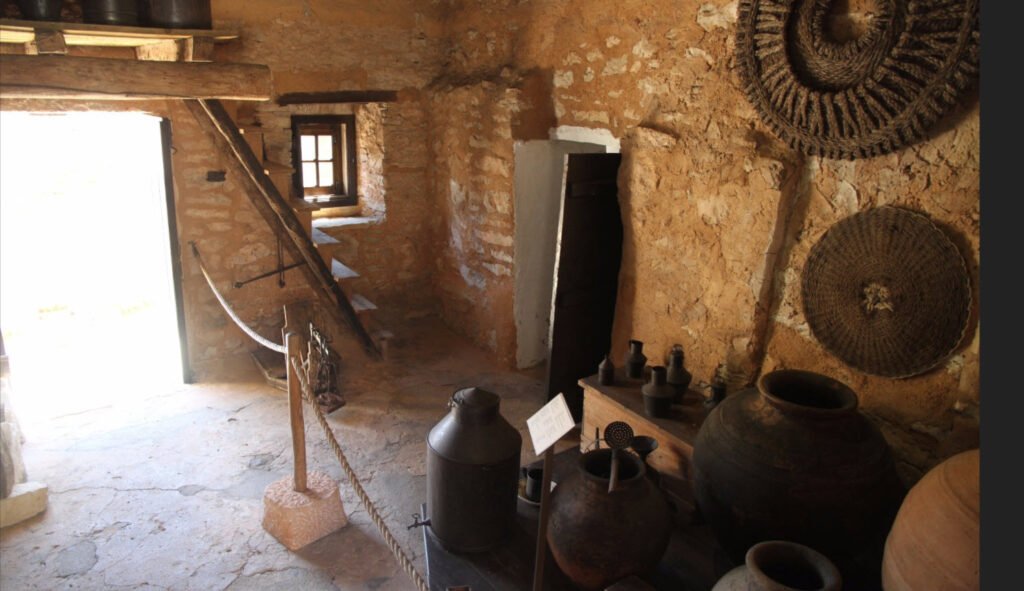
It was in the small village of Aljustrel, located about 2 km from the Sanctuary of Fátima, that the three visionaries of Fátima were born. This first permanent Museological Center of the Shrine was inaugurated on August 19, 1992, and is located in the house once owned by Maria Rosa, baptism godmother of Lucia.
This village is visited daily by thousands of pilgrims, who try to see up close the essence of the simplicity that guided the lives of Lúcia.
House of Francisco and Jacinta

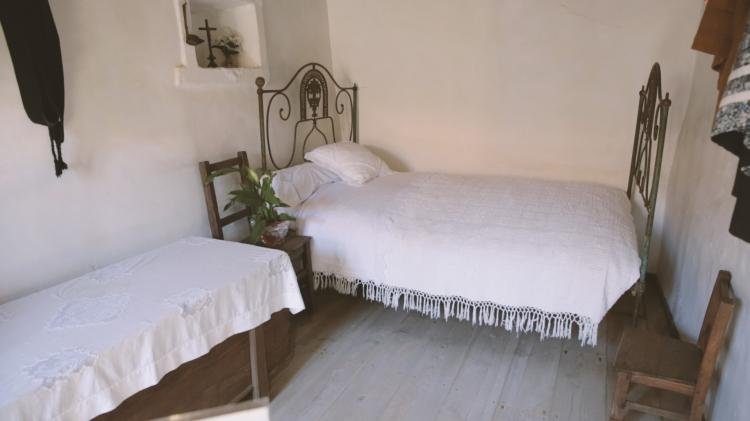
Francisco and Jacinta Marto were siblings, and Lúcia was their cousin. They are known as the Three Shepherd Children of Fátima.
The house where Blessed Francisco and Jacinta Marto were born is about 200 meters from Lucia’s house and was acquired by the Shrine in November 1996 and rebuilt.
Coin Caves


Cueva de la Moneda ( Cion Caves) is located 700 meters above sea level. Access to the cave requires abseiling down an 8-meter vertical drop, leading to one of the cave’s largest chambers.
It’s a wonderful and educational experience, and a great choice for active travelers. At the southern end of the cave is a tiny, narrow gallery, 15 meters long and 2.5 meters wide.
Fatima Wax Museum


This unique museum offers a fascinating journey through the history of the famous miracle of Fatima, presented through realistic wax figures and engaging scenes.
Through 32 meticulously crafted scenes, visitors can witness the story of the seers of Fatima and the important historical events surrounding this miracle.
Dinosaur Footprints of Serra de Aire Natural Monument

The Pedreira do Galinha dinosaur footprints, discovered in July 1994, are located on the eastern side of the Serra d’Aire, about 10 km from Fátima.
This remarkable Middle Jurassic track (about 175 million years old) contains not only the oldest and longest known sauropod footprints. Sauropods were quadrupedal, herbivorous dinosaurs with small heads and long necks and tails.
